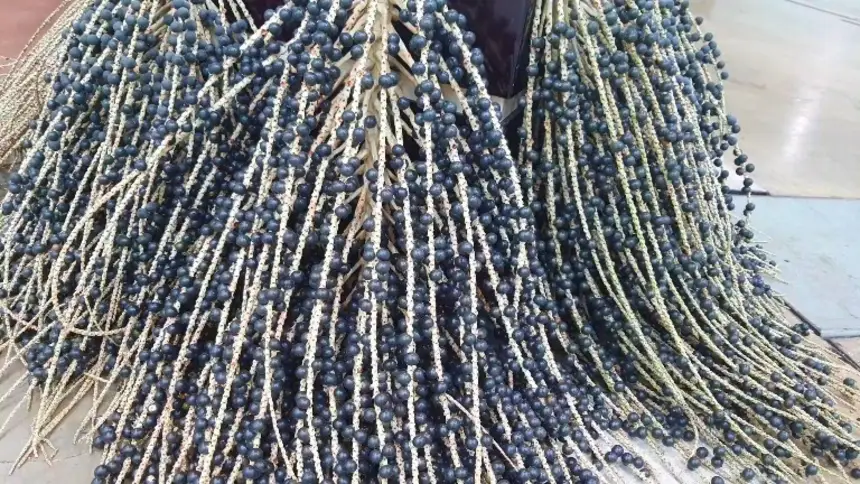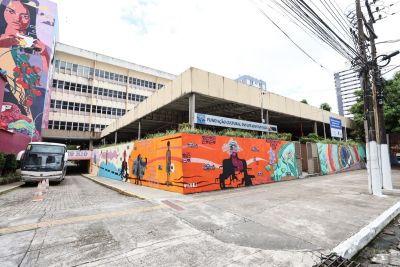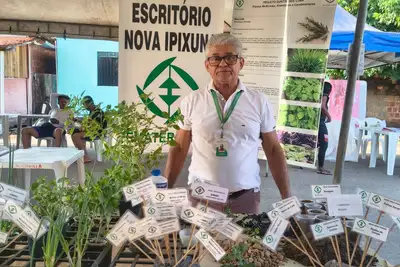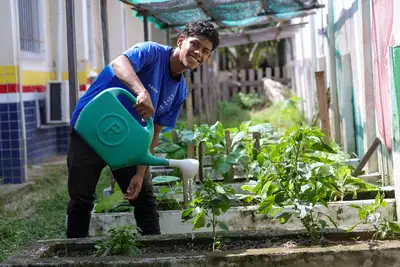Agricultural calendar released by IBGE reaffirms the strength of traditional chains and also the expansion of grains in Pará
The annual survey by the institute, regionalized by Sedap, shows that the State continues to lead in crops such as açaí, cocoa, cassava, palm oil, and buffalo farming.
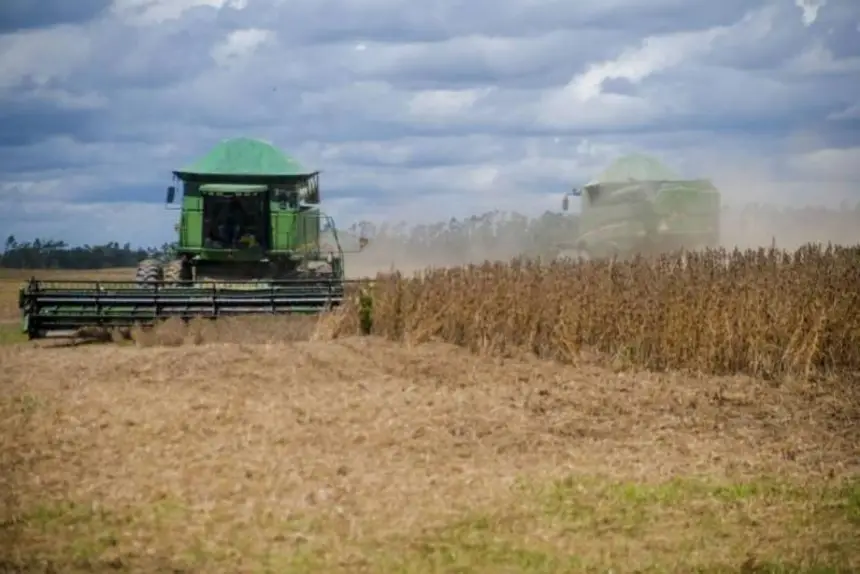
Pará continues to lead in the national scenario of açaí, cocoa, palm oil, cassava, and buffalo farming chains according to the most recent Agricultural Production Municipal Calendar (PAM) and the Municipal Livestock Research (PPM) from the Brazilian Institute of Geography and Statistics (IBGE), based on the production chain for 2024. The data was released in September of this year. Regionally, it was systematized by the Secretary of Agricultural Development and Fisheries (Sedap), through the Planning and Statistics Center (Nuplan).
The data shows that in 2024, Pará produced 1.61 million tons of açaí, with a highlight for the Baixo Tocantins region. Regarding cocoa, IBGE shows that the State leads production with 137.46 thousand tons, with a highlight for the Xingu region. Another crop that is an absolute leader in production is palm oil. According to PAM, 3.13 million tons were produced, with a highlight for the Tocantins River region.
This same region is a leader in cassava production. According to Sedap/Nuplan, a total of 3.97 million tons were produced throughout Pará, with a production value of R$ 4.64 billion.
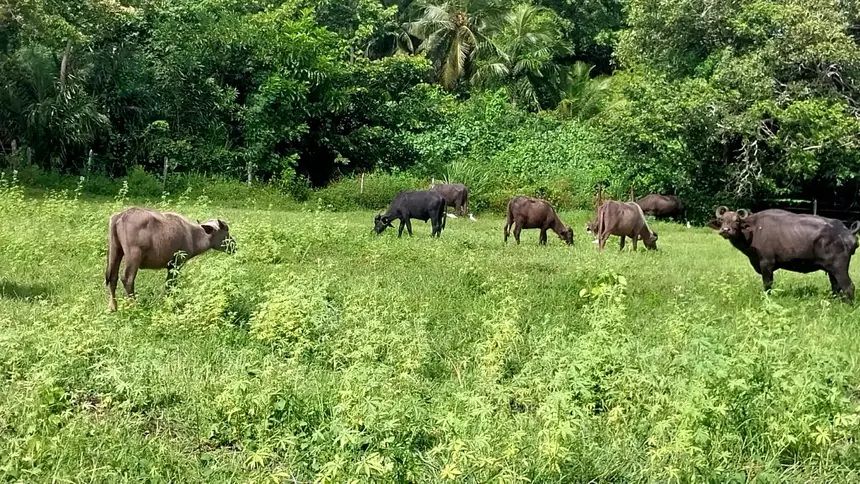
In livestock, the buffalo herd in Pará continues to lead the national scenario with a production of 775.1 thousand heads, with highlights on the Marajó municipality of Chaves.
IBGE's surveys (PAM/PPM) are the official reference on agricultural production, functioning as the "annual balance of the harvest and the herd," explained statistician Ulisses Silva, responsible for the survey. The surveys mark the sector's calendar. "When released, they become the basis for public policies, rural credit, technical assistance, and infrastructure planning for distribution," he noted.
Amazônia Leadership - For Pará, the statistician adds, the results of these IBGE surveys reinforce the image of a State that is a leader in Amazonian chains (açaí, cocoa, palm oil, cassava, buffalo) and, "at the same time, expands the grains that connect it to agribusiness."
The coordinator of planning and statistics at Sedap, Maria de Lourdes Minssen, says that the information released by IBGE is of great relevance, not only because it is reliable and precise data but also to assist in decision-making by the Public Authority.
"The importance of this data lies in the source and methodology; they are precise, reliable, and updated data. This is crucial when making decisions in public policies to ensure they are accurate and yield results," she emphasized.
The work shows Pará among the largest producers of the chains presented by the IBGE source. "All of this shows that the agribusiness GDP (Gross Domestic Product) of Pará has been growing at a faster rate than the national GDP," noted the Planning coordinator.
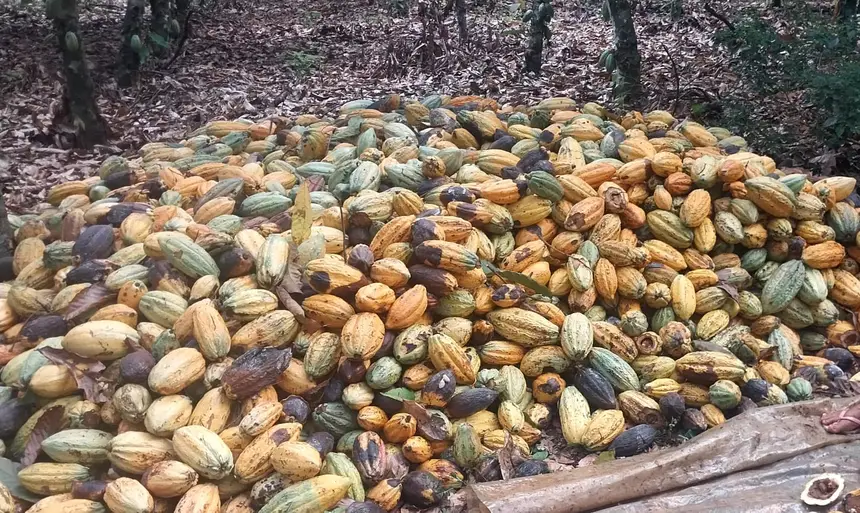
Summary of the main chains released by IBGE and systematized by Sedap
Agricultural Production Municipal (PAM – base year 2024)
According to IBGE, agricultural production in Pará in 2024 reaffirmed the strength of traditional chains and also the expansion of grains.
· Açaí: Pará maintained absolute national leadership, concentrating more than 90% of Brazilian production.
· Cassava: remains a staple food crop, present in all municipalities, supporting flour and starch industries.
· Cocoa: The State continues as the main producer in the country, consolidating cocoa farming as a strategic vector.
· Palm oil: fundamental in the agro-industrial hub of the northeastern region of the State.
· Pineapple: national highlight, with productive hubs in Araguaia and northeastern Pará.
· Grains (soybean, corn, rice, and beans): soybean and corn saw growth in area and production, reinforcing Pará's integration into the routes of Brazilian agribusiness.
Municipal Livestock Research (PPM – base year 2024)
· Cattle: Pará has established itself among the largest herds in Brazil, supported by the growth of beef cattle.
· Buffalo: maintained national leadership, with a large concentration in Marajó.
· Milk and eggs: production is expanding, strengthening regional supply chains.
· Honey and meliponiculture: a growing activity, with a social role for family farming.
Service: The complete survey of the productive chains can be accessed in full at www.sedap.pa.gov.br.


